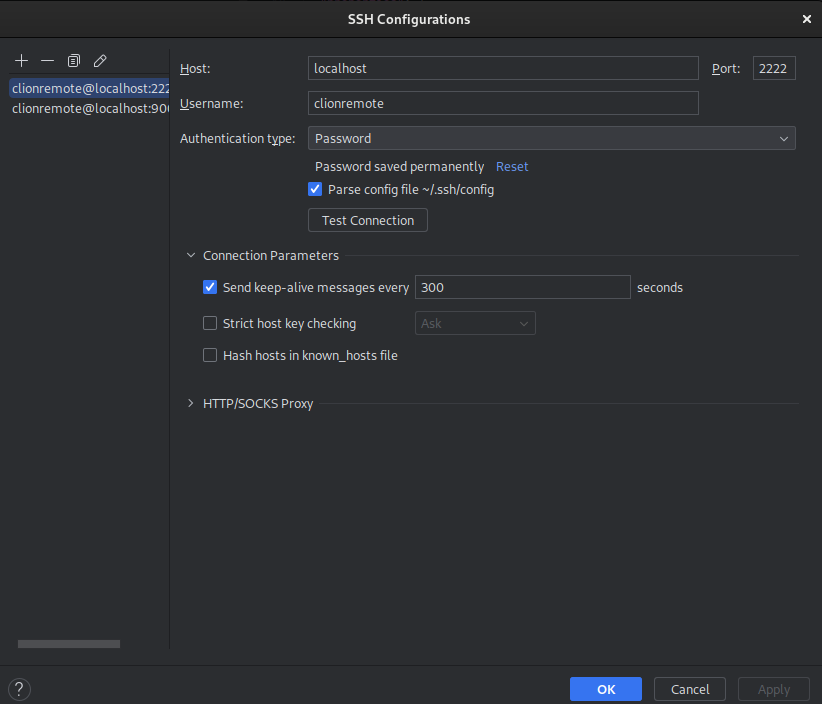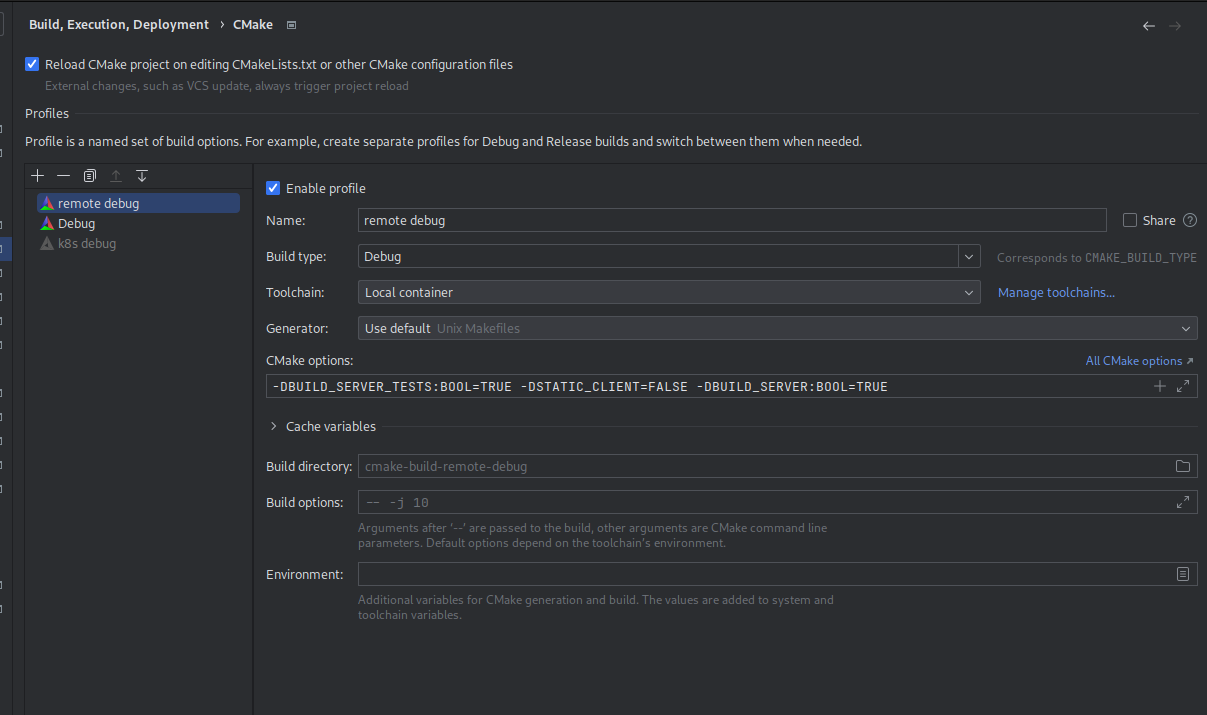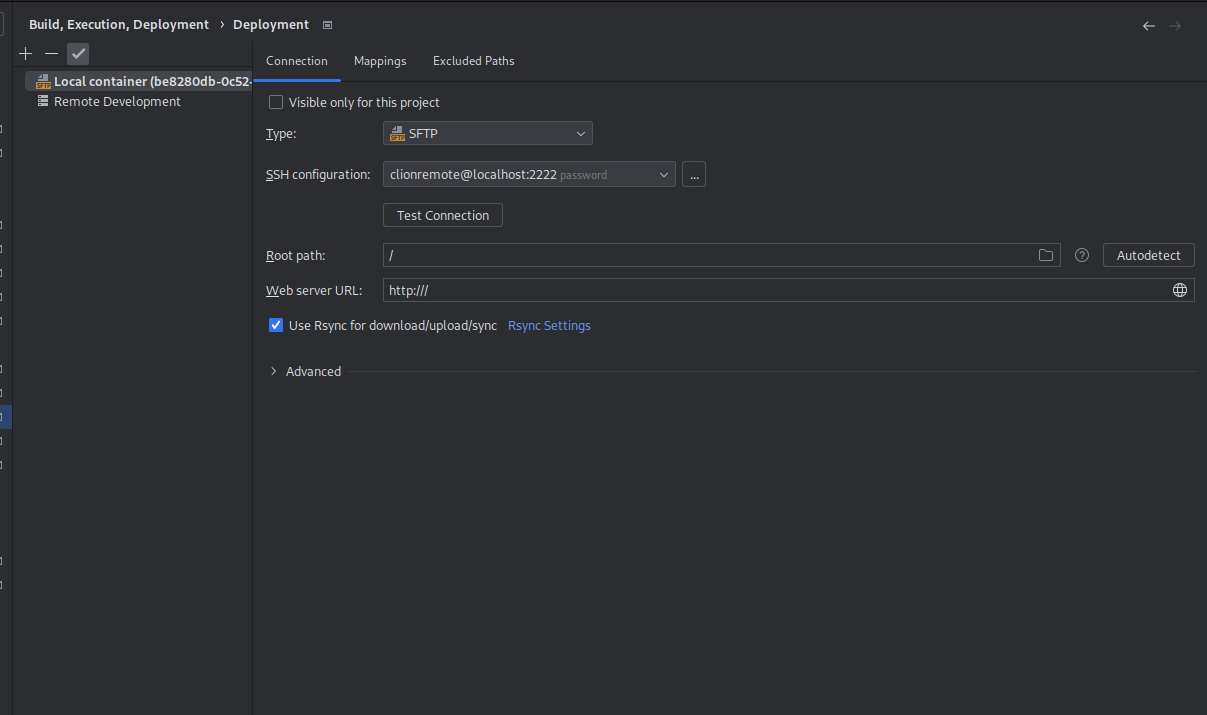Developing SLATE Using Containers
The SLATE binaries and API server requires a fairly complex environment in order to build successfully. In order to provide a standardized build environment that could be reproduced and used in various contexts, the SLATE project generated a containerized environment for development and deploying binaries to production. We’ll describe the environment and how we use it in this blog post.
Background
The SLATE client and API server are both written as C++. Due to the various libraries that the SLATE code base depend on, it can be difficult to set up and use. This is especially the case when SLATE was based on CentOS 7 and libraries that were significantly older.
In order to simplify development and deployment, we created a set of containers for compiling the various SLATE binaries and for running them in unit tests as well as in production.
Container Images
The SLATE binaries were initially targeted for CentOS 7, and we started our initial steps at containerization with a CentOS 7 image. However, for a variety of reasons, we decided to use Rocky Linux 9 as the basis for our containers as well as to update a few components to more recent versions.
Once we decided on a container image, we created a Dockerfile based on Rocky Linux that included the libraries that SLATE requires to build. Initially, the most important of these was the AWS C++ SDK, but we later added other libraries like the OpenTelemetry C++ Client.
Once we had a base container, we extended this to create the container images we would need for developing SLATE, building the static client binaries, and for running the SLATE components.
The development containers take the base container and add packages for library headers, debuggers, SSH (needed for JetBrains CLion IDE integration), profiling and, the other dev tooling needed to run and test SLATE components.
Running the Development Container and CLion Integration
The development container we use is hosted on OSG Harbor with clion_remote.Dockerfile as its source. When using podman, it can be pulled by running:
podman pull hub.opensciencegrid.org/slate/slate-server-development:1.0.0
Then, it can be run using:
podman run -d --cap-add sys_ptrace -p127.0.0.1:2222:22 -p127.0.0.1:18080:18080 slate-server-development
You can verify the container is running correctly by executing:
ssh clionremote@localhost -p 2222
After verifying that the container is running, CLion can be set to use the container to compile, run, and debug the SLATE code. Behind the scenes, CLion will use SSH to sync a copy of the SLATE source code onto the container and then run the various dev tools (gcc, cmake, gdb, etc.) as needed to carry out tasks.
To accomplish this in CLion, go to the settings and then the Build, Execution, Toolchain section. Click on the plus sign and select Remote Host. Click the gear icon next to the Credentials field, and you’ll see a screen like the following:

Set the SSH configuration as shown. Click on the Test Connection button to verify that things are working. After hitting OK on the SSH configuration dialog, CLion should automatically pick up the various tools in the container (cmake, gmake, cc, c++, gdb).
Now go to the CMake section and configure the settings as shown.

Finally go to the Deployment section and create a new deployment configured as follows:

Close the settings window and then build the project using the remote profile that you just created. This should sync the project files to the container and then use CMake to build the various project files.
More advanced debugging
This setup allows us to compile, run. and do basic debugging of the SLATE components. However, we need to make a few changes in order to do things like profile execution times and memory usage.
On the host machine that will run the container, we need to execute:
sysctl -w kernel.perf_event_paranoid=1
in order to allow users to get performance information about processes. Additionally, we’ll need to change the podman invocation to:
podman run -d --privileged \
--cap-add sys_ptrace --cap-add SYS_ADMIN \
-p127.0.0.1:2222:22 -p127.0.0.1:18080:18080 \
--security-opt seccomp=perf.json
This will run the container with elevated privileges for you where the content of perf.json may be found in our source repository.
Once this is done, CLion should be able to trace the SLATE components. Additionally, we can use Valgrind’s massif profiler to get memory usage over time.
Summary
We’ve briefly outlined how and why we use development containers to develop and test SLATE components. We’ve also outlined how we configured CLion to use these containers to improve our development process.
Questions?
As always, we encourage you to try this out and let us know what’s working, what’s not, what can be improved, and so on. For discussion, news and troubleshooting, the SLATE Slack workspace is the best place to reach us!